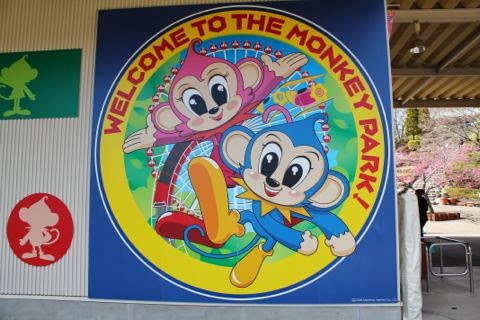 |
| Matsuo Basho, Yamadera |
The summer's grass!
All that's left
Of ancient warriors' dreams.
The title of this blog comes from a poem by Matsuo Basho, one of the greatest of all Japanese poets. He was born in 1644, during Japan's Edo period. The son of a samurai, Basho went into the service of Todo Yoshitada, who introduced the boy to the world of poetry. Basho's first poem was published in 1662. In 1666, Yoshitada died and Basho's life as a servant came to an end. Shortly thereafter, Basho turned his back on his samurai status, abandoned his father's home and set out for Edo. His motivation for this decision is unclear, but one theory is that of a possible love affair with a Shinto priestess (miko).
Wrapping dumplings in
Bamboo leaves, with one finger
She tidies her hair.
In Edo, Basho continued to study poetry. He also started to teach and gathered a crowd of disciples around himself. Said disciples built him a hut in Fukagawa and planted a banana tree in the garden. (The Japanese for banana tree is 'basho' and it was from this that the poet took his pen-name.) Basho was uncomfortable with success, however, and became increasingly reclusive. In 1682, his hut burned down. His students rebuilt it, but it was not the same. In 1683, his mother died. In 1684, he abandoned his life in Edo and set out to wander the countryside alone.
 |
| A monkey in need of a raincoat, Sendai |
On this road
Where nobody else travels
Autumn nightfall.
Travelling alone was dangerous, even more so, if, like Basho, one strayed from the beaten path. Many, including Basho himself, expected him to be murdered by bandits or to simply expire in the middle of nowhere. In the event, however, the trip did much to improve Basho's spirits. His journey took him from Edo to Mt Fuji and on to Kyoto and, along the way, he met many friends and gained a greater appreciation of nature and the Japanese countryside. He returned to Edo reinvigorated, with a new store of poems composed on his travels. He resumed teaching, but inwardly he was already planning another long journey.
The old pond:
a frog jumps in,-
the sound of water.
To be continued...






















































